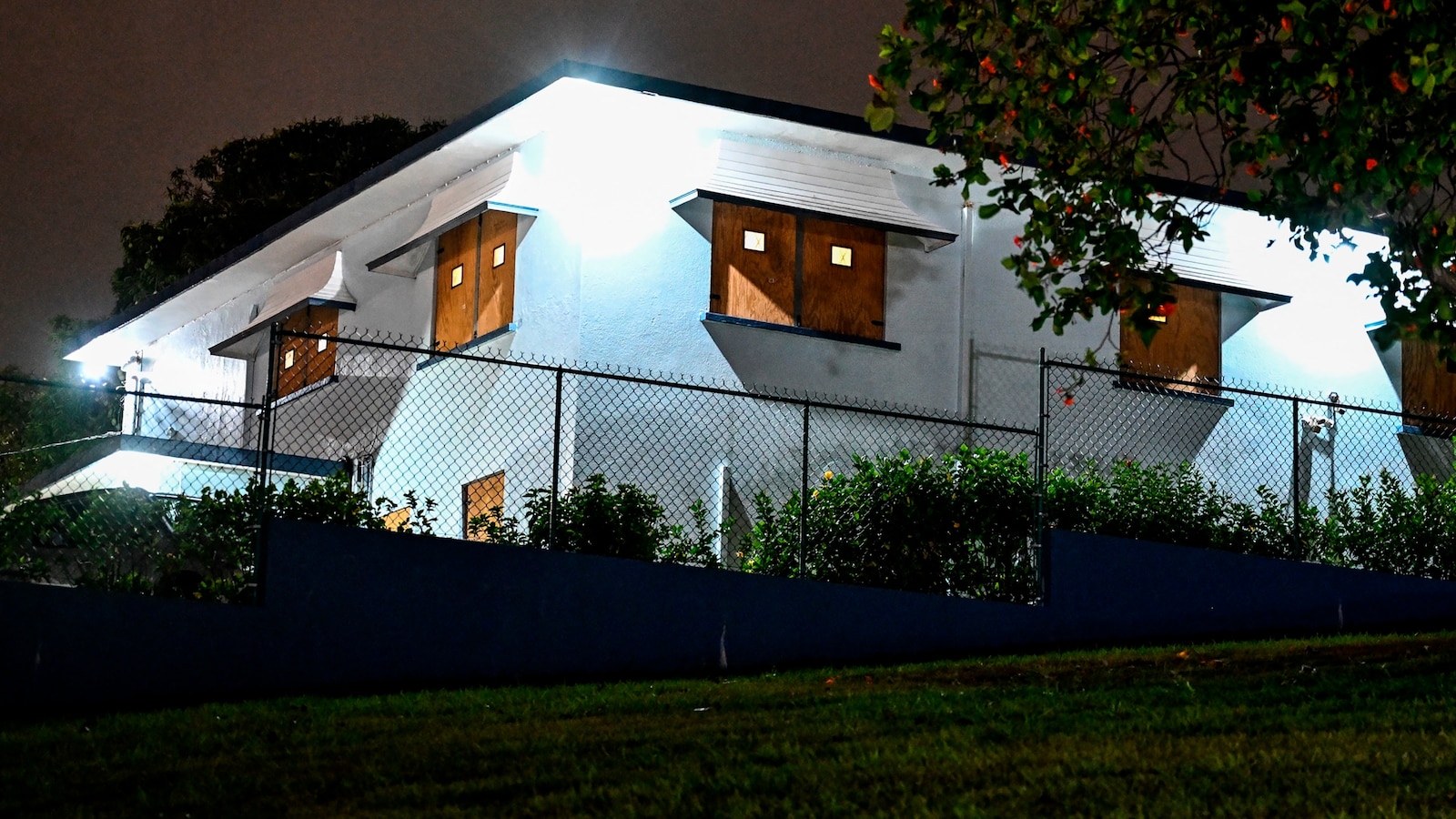Hurricane Beryl’s Impact on Barbados

Barbados hurricane beryl – Hurricane Beryl, a Category 1 hurricane, made landfall in Barbados on July 12, 2023, bringing heavy rainfall, strong winds, and flooding to the island. The hurricane caused significant damage to infrastructure, property, and the environment.
Infrastructure Damage
The hurricane caused widespread damage to Barbados’ infrastructure. Roads were blocked by fallen trees and debris, and power lines were downed, leaving many residents without electricity. Several bridges were also damaged, making it difficult for people to travel around the island.
Property Damage
Hurricane Beryl also caused significant damage to property in Barbados. Many homes and businesses were damaged or destroyed, and several vehicles were also damaged. The hurricane also caused extensive damage to crops and livestock.
Environmental Damage
Hurricane Beryl also caused significant environmental damage to Barbados. The hurricane’s strong winds and heavy rainfall caused erosion and flooding, which damaged coral reefs and other marine ecosystems. The hurricane also caused damage to forests and other vegetation.
Barbados Hurricane Beryl dey come quick-quick, and e strong pass we tink. If you wan know where e go pass, check out di hurricane beryl spaghetti models. Dem go show you di different ways Beryl might move. So, keep watch and stay safe, Barbados!
Stories of Individuals and Communities
Hurricane Beryl had a devastating impact on the people of Barbados. Many people lost their homes, businesses, and livelihoods. The hurricane also caused widespread flooding, which displaced many people from their homes. Many communities were also without power and water for several days.
Hurricane Beryl hit Barbados hard, but it also brought attention to the need for hurricane preparedness in other Caribbean islands. In Puerto Rico , for example, officials are urging residents to stock up on supplies and make evacuation plans in case of a storm.
Beryl is a reminder that hurricanes can strike anywhere in the Caribbean, and it’s important to be prepared.
Despite the devastation caused by Hurricane Beryl, the people of Barbados are resilient. They are working together to rebuild their communities and their lives.
Government and Relief Efforts: Barbados Hurricane Beryl

In the aftermath of Hurricane Beryl, the Barbadian government swiftly mobilized its resources to provide aid and support to the affected communities.
The government coordinated the distribution of food, water, and other essential supplies to those in need. Emergency shelters were established to provide temporary housing for those whose homes were damaged or destroyed. Medical assistance was also provided to the injured and those suffering from storm-related illnesses.
Effectiveness of the Government’s Response
The Barbadian government’s response to Hurricane Beryl was generally effective in providing immediate relief and assistance to the affected communities. The swift distribution of aid and the establishment of emergency shelters helped to mitigate the impact of the hurricane.
However, there were some areas where the government’s response could have been improved. For example, the distribution of aid could have been more efficient and equitable, and the emergency shelters could have been better equipped to meet the needs of the evacuees.
Long-Term Recovery and Reconstruction

The aftermath of Hurricane Beryl left Barbados with significant challenges in rebuilding and recovering. The island nation faced economic, social, and environmental implications that required a comprehensive and sustained effort to address.
Economic Impact
The hurricane caused extensive damage to infrastructure, businesses, and the tourism sector, which is a major contributor to Barbados’ economy. The rebuilding process required significant financial resources and disrupted economic activities, leading to job losses and reduced income for many Barbadians.
- The tourism sector, which accounts for about 15% of Barbados’ GDP, suffered significant losses due to the damage to hotels, resorts, and other tourist attractions.
- The agricultural sector, which employs about 10% of the workforce, was also severely affected, with crops and livestock being destroyed.
- The damage to infrastructure, including roads, bridges, and power lines, disrupted transportation and communication networks, further hindering economic recovery.
Social Impact
The hurricane also had a significant social impact on Barbados. Many people lost their homes and belongings, leading to displacement and increased vulnerability. The disruption of essential services, such as healthcare and education, further exacerbated the challenges faced by Barbadians.
- Over 1,000 people were displaced from their homes and had to seek shelter in temporary accommodations.
- The damage to schools and healthcare facilities disrupted education and healthcare services, affecting the well-being of children and vulnerable populations.
- The psychological impact of the hurricane, including trauma and anxiety, also required attention and support.
Environmental Impact
Hurricane Beryl also caused significant environmental damage to Barbados. The storm surge and flooding resulted in erosion of beaches, damage to coral reefs, and contamination of water sources. The removal of trees and vegetation further exacerbated environmental degradation.
- The storm surge and flooding caused erosion of beaches, particularly on the south and east coasts of Barbados.
- The damage to coral reefs, which are vital for marine life and tourism, affected the island’s biodiversity and ecosystem.
- The contamination of water sources posed health risks and required efforts to restore safe drinking water.
Successful Recovery Efforts and Lessons Learned, Barbados hurricane beryl
Despite the challenges, Barbados embarked on a comprehensive recovery and reconstruction process. The government, international organizations, and local communities worked together to address the economic, social, and environmental impacts of the hurricane.
- The government implemented a range of measures, including financial assistance to affected businesses and individuals, tax relief, and support for infrastructure repairs.
- International organizations, such as the United Nations and the World Bank, provided financial and technical assistance for recovery efforts.
- Local communities played a vital role in the cleanup and rebuilding process, demonstrating resilience and a sense of unity.
The recovery process in Barbados also provided valuable lessons for future disaster preparedness and management. The importance of early warning systems, disaster risk reduction measures, and community engagement was highlighted.